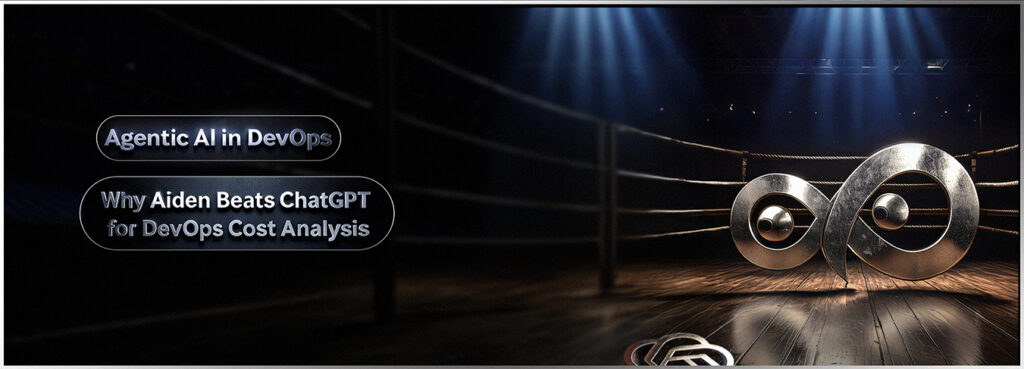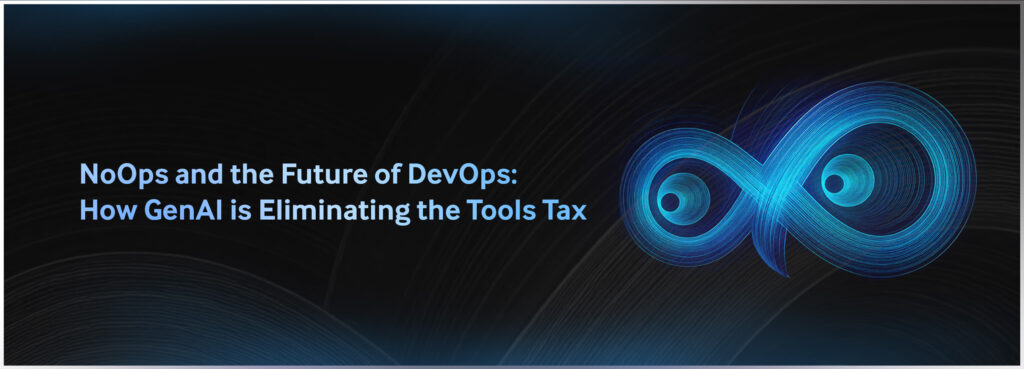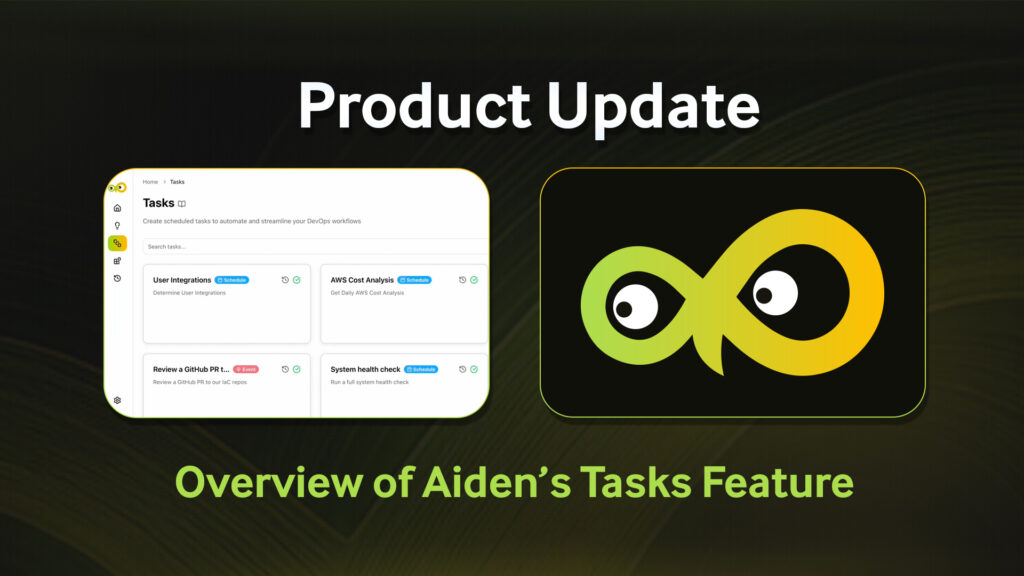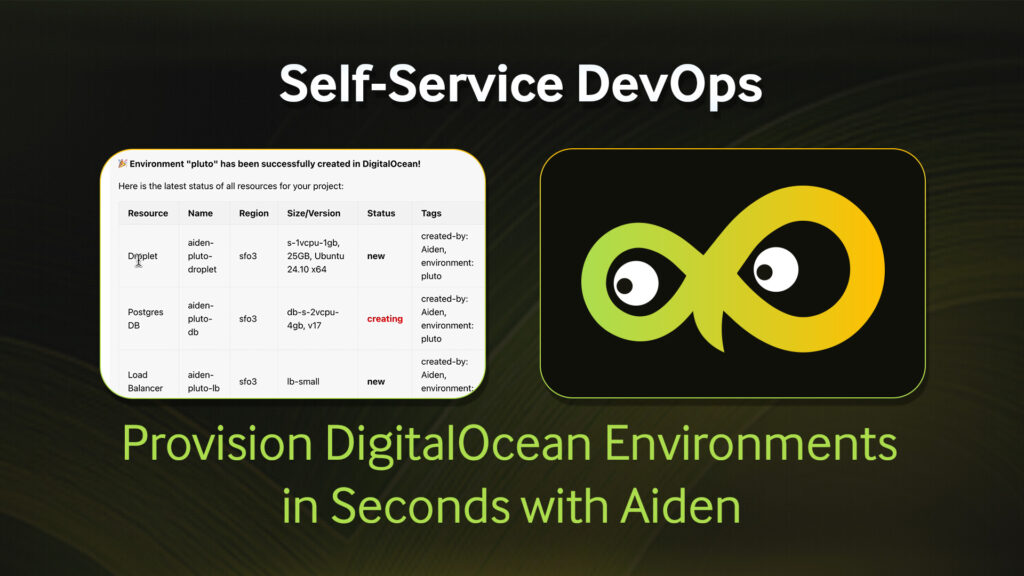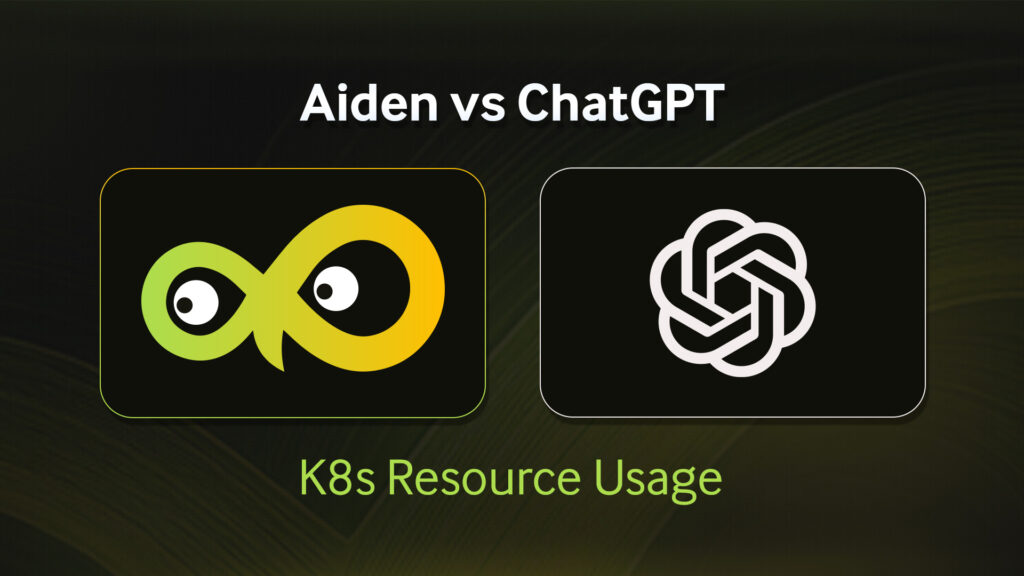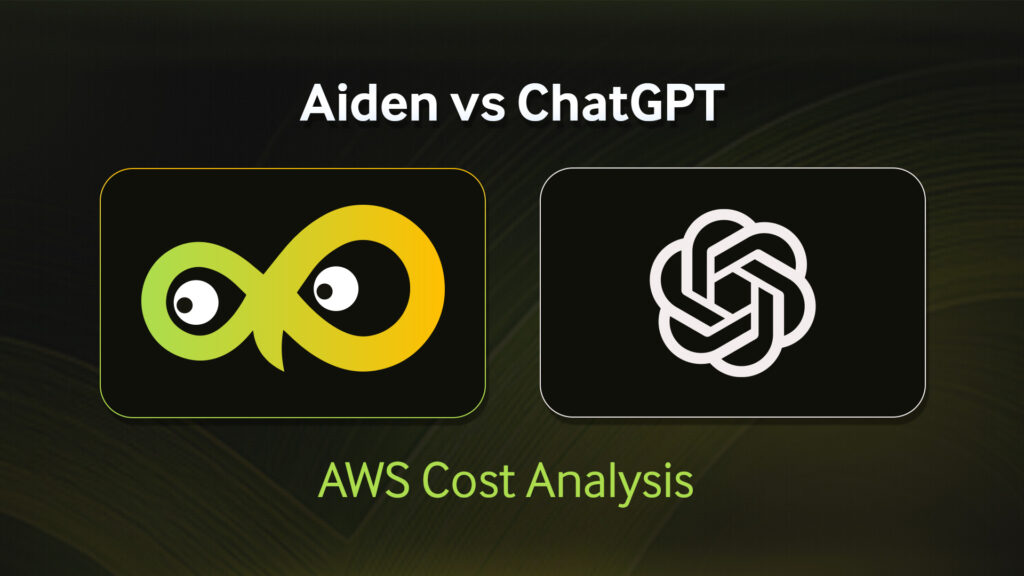Picture this: A popular ecommerce web application experiences a sudden increase in user complaints concerning slow page load times and errors during the checkout process. Users are expressing frustration, and the customer support team is flooded with complaints. The website has just set up a major online sales event. The marketing team has also launched extensive campaigns to further market the event, expecting a surge in user traffic.
However, what the company didn’t expect was users dropping out of the application due to slow loading times, resulting in incomplete purchases. Now, the development and operations teams are under pressure to identify and resolve the issue swiftly. But they don’t have the right tools to identify and fix the problem in real time.
It’s situations like these where Real user monitoring (RUM) could have helped the ecommerce company identify the issue before it impacted users, ensuring a seamless user experience.
In our previous blog post, we explored the concept of RUM. In this one, we’ll take a closer look at the capabilities and benefits of RUM and how integrating it with observability further enhances the user experience.
Key Capabilities and Benefits of Employing Real User Monitoring
Intelligent Anomaly Detection
RUM goes beyond traditional monitoring, allowing developers to identify abnormal patterns and potential issues before they affect users. One of these capabilities is intelligent anomaly detection. This is done by establishing a baseline via analyzing historical performance data, including page load times, transaction success rates, and other relevant metrics.
This baseline represents the expected or normal behavior of the application under typical conditions. RUM then monitors user interactions and performance metrics in real-time, comparing current data to the established baseline in order to identify any deviations.
Once an anomaly or a deviation is detected, an alert can be triggered for the relevant stakeholders to resolve swiftly.
Benefits
RUM enables data-driven decision-making by offering actionable insights collected from real-time performance data. This empowers teams to quickly identify anomalies and take action, preventing the potential escalation of issues that could impact a broader user base.
User Session Recording
User session recording is a feature within RUM tools that meticulously captures and replays an entire sequence of user interactions during a specific session on a website or application.
This comprehensive recording encompasses a variety of user actions, including mouse movements, clicks, keyboard inputs, scrolls, and interactions with different elements on the webpage. Essentially, it provides a dynamic visual representation of how users engage with the digital platform. During a user session, the RUM tool records every detail, creating a playback that accurately reflects the user’s experience in real-time.
Benefits
This feature enables development teams to identify common paths users take, understand feature usage patterns, and recognize popular or neglected sections of the application. Armed with this knowledge, teams can better understand where users encounter difficulties and abandon processes while simultaneously addressing potentially confusing navigation flows, slow-loading elements, or UI inconsistencies.
Having this information significantly accelerates the debugging and issue resolution processes, reducing the time it takes to identify, understand, and rectify application errors.
Performance Metrics Analysis
Performance metrics analysis is a core capability within RUM that involves the systematic tracking and analysis of various performance metrics critical to the seamless functioning of web applications. These metrics include, but are not limited to, page load times, server response times, and frontend rendering times.
Benefits
The analysis of performance metrics allows development teams to identify specific areas within the application where performance bottlenecks occur. Whether it’s a resource-intensive script, a database query taking longer than expected, or inefficient rendering processes, these bottlenecks can be pinpointed with precision.
Additionally, performance metrics analysis sheds light on the critical paths of user interactions within the application, highlighting the sequences that significantly impact the user experience. By optimizing these critical paths, organizations can ensure that users experience faster response times, quicker navigation, and a more streamlined interaction flow. This, in turn, contributes to higher user satisfaction and increased engagement.
Error Tracking and Reporting
Error tracking and reporting within RUM tools is a critical capability designed to systematically find, monitor, and report errors that users encounter while interacting with web applications. These errors can be wide-ranging and include JavaScript errors, network errors, or server-side errors.
Benefits
Error tracking typically also provides insights into the frequency and rate at which the errors occur. This helps developers quantify the impact of errors on user experience, enabling data-driven decision-making when prioritizing bug fixes and optimizations.
Performance Data Grouping
Performance data grouping in RUM involves organizing performance metrics into meaningful groups or categories based on various criteria. This could include grouping data by user demographics, device types, geographic locations, specific user journeys, or any other relevant segmentation. The goal is to derive insights by examining aggregated data within these groups, revealing commonalities and differences that can inform strategic decisions.
Benefits
Performance data grouping serves as a lens through which development, operations and marketing teams can gain a deeper understanding of user behavior, application performance, and areas for improvement.
Stakeholders can continuously refine the grouping criteria and analysis based on evolving user behaviors and changes in application usage patterns. This helps prioritize optimizations on areas that have the most significant impact on user experience and business goals.
Real User Monitoring Within Observability
RUM plays a crucial role within the broader framework of observability, providing organizations with valuable user-centric data that complements traditional monitoring approaches.
As RUM logs user-centric events and behaviors while providing insights into errors, developers can correlate technical events logged in traditional logs with user actions— facilitating faster troubleshooting and issue resolution.
RUM also has the added benefit of extending distributed tracing by incorporating user context into traces, allowing organizations to trace the user journey across various microservices. This integration enables a more comprehensive understanding of the end-to-end user experience, helping teams to identify performance bottlenecks and issues that span across multiple services.
By merging RUM data with metrics, logs, and traces, observability platforms can create a unified view of application performance from both a technical and user-centric perspective. This helps development teams conduct a holistic performance analysis to gain insights into the impact of technical changes on user experience.
Challenges and Considerations With RUM
RUM data, particularly session recordings and detailed user interactions, can generate substantial amounts of data. As a result, organizations must create scalable storage and processing mechanisms to handle the influx of data without compromising performance.
Moreover, RUM capturing and storing granular user interactions raises concerns about privacy and compliance with data protection regulations. Organizations must consider data retention policies, storage requirements, and data privacy concerns when integrating RUM into their observability strategies. Striking a balance between insightful data and user privacy is crucial to building and maintaining trust.
ObserveNow: Real User Monitoring Made Easy
OpsVerse’s ObserveNow offers developers the flexibility to seamlessly integrate with any RUM library or SDK that adheres to open standards. This interoperability empowers developers to leverage their preferred RUM tools while benefiting from ObserveNow’s comprehensive insights. By accommodating various RUM libraries, ObserveNow facilitates a more holistic understanding of application performance and behavior in real-world scenarios. This approach ensures that developers can gather rich data insights from diverse sources, enabling them to gain a more thorough understanding of their applications’ behavior.
For example, OpsVerse now provides out-of-the box support for Grafana Faro Web SDK, which is a highly configurable open source JavaScript agent that can easily be embedded into web applications to collect RUM data such as performance metrics, logs, exceptions, events, and traces. Through this integration, OpsVerse facilitates the correlation of RUM data with backend systems, thereby offering a comprehensive full-stack observability solution.
Learn more about how the OpsVerse team can assist you with your RUM needs by speaking with our experts. Gain insights into how our solutions can optimize your application performance and enhance the overall user experience.


